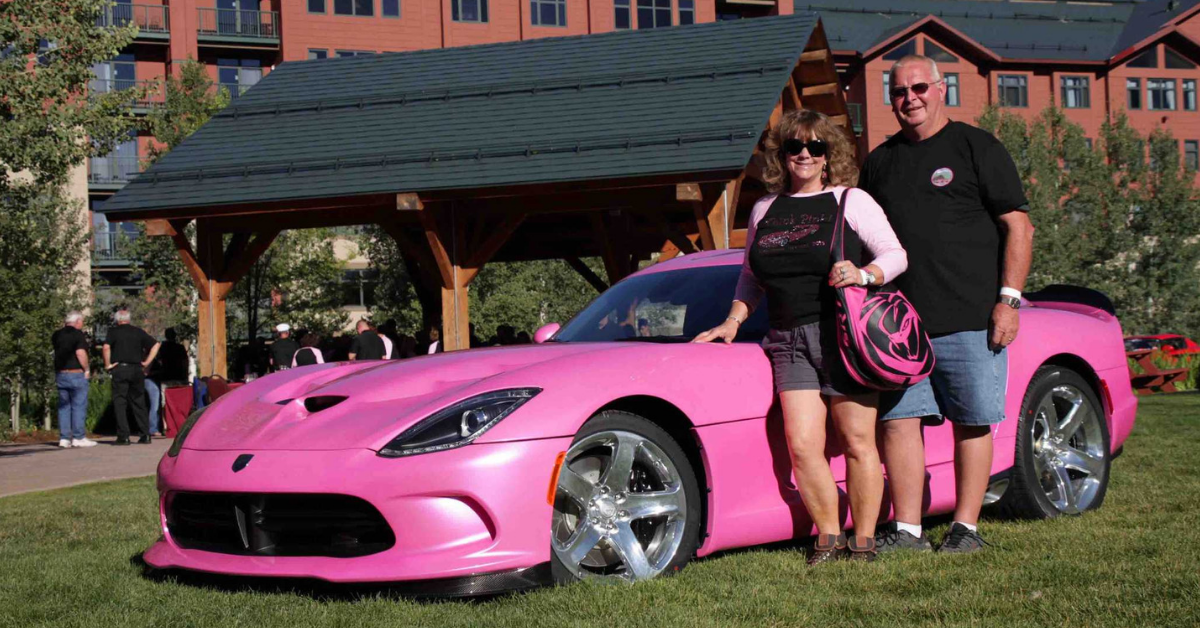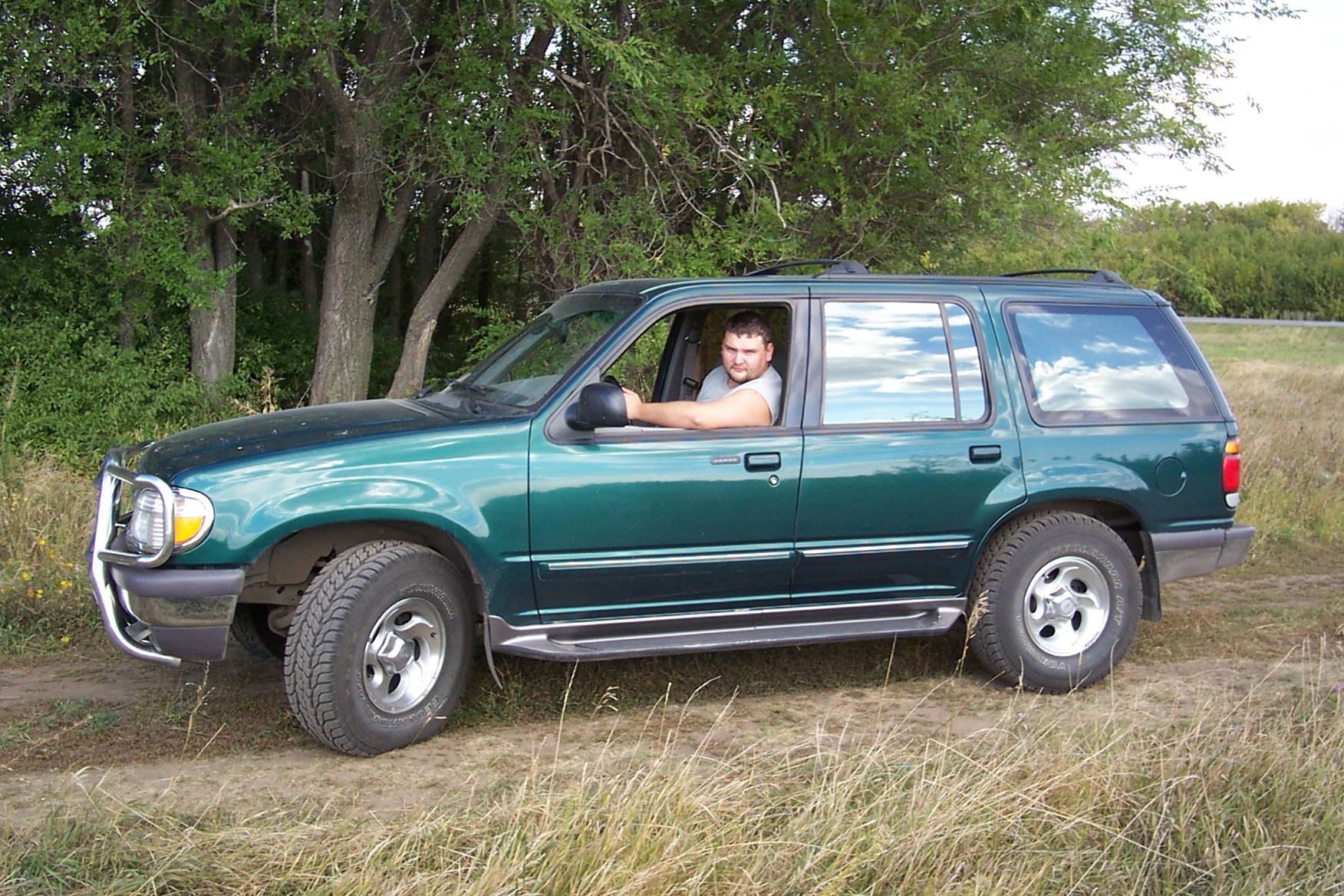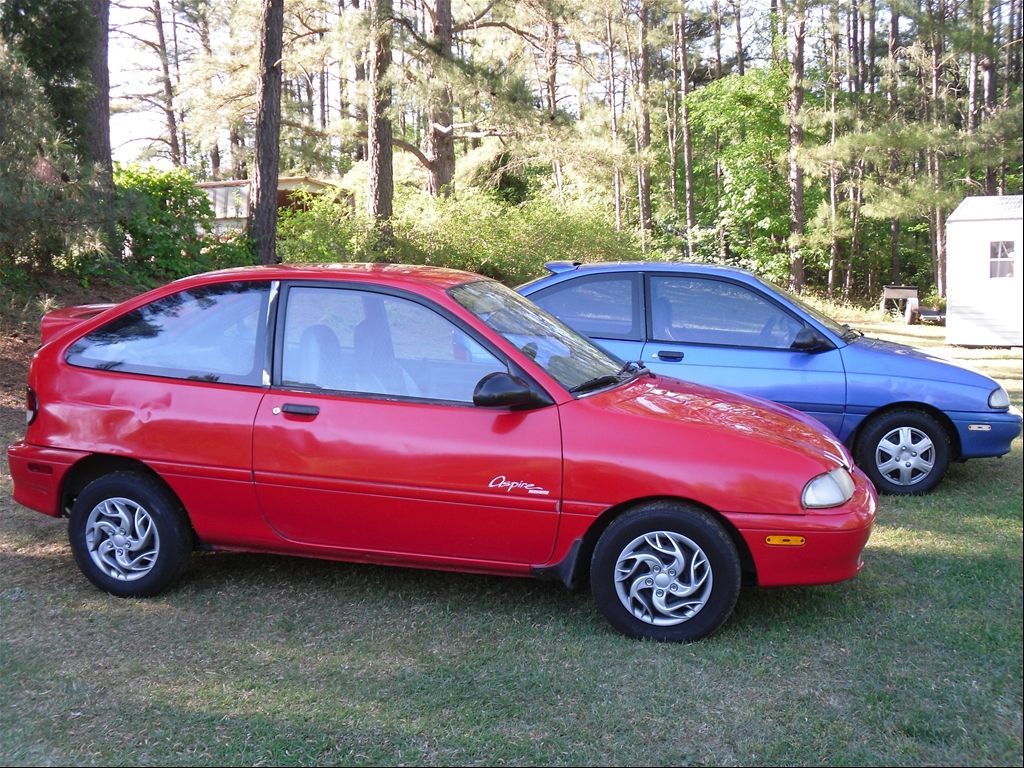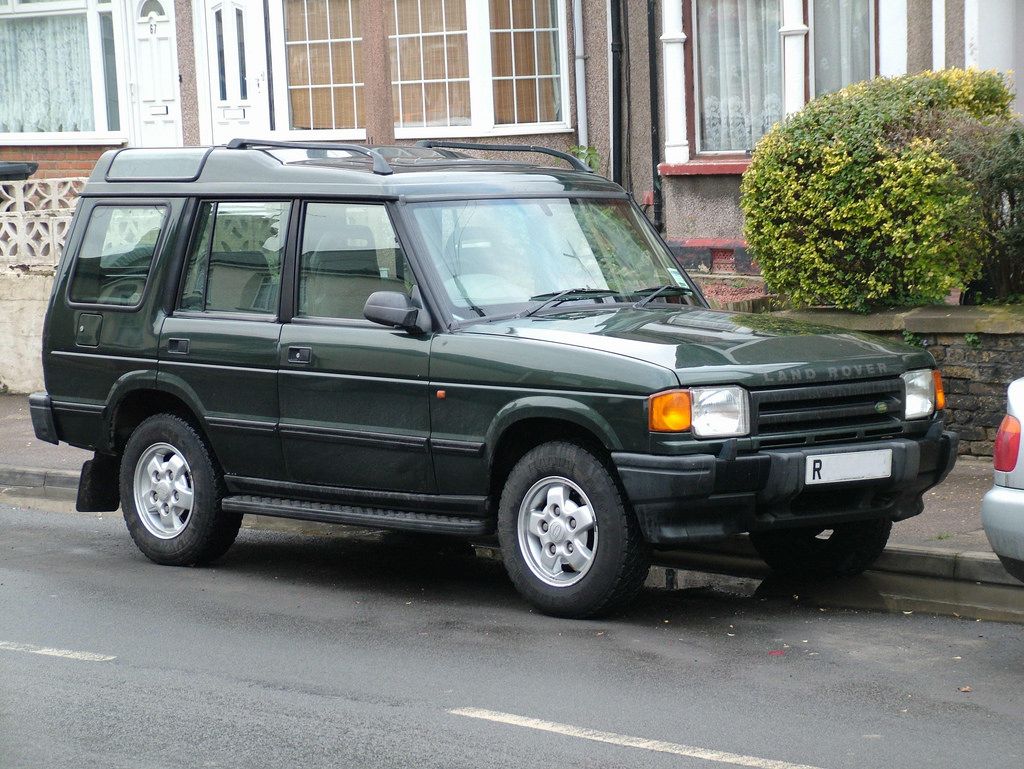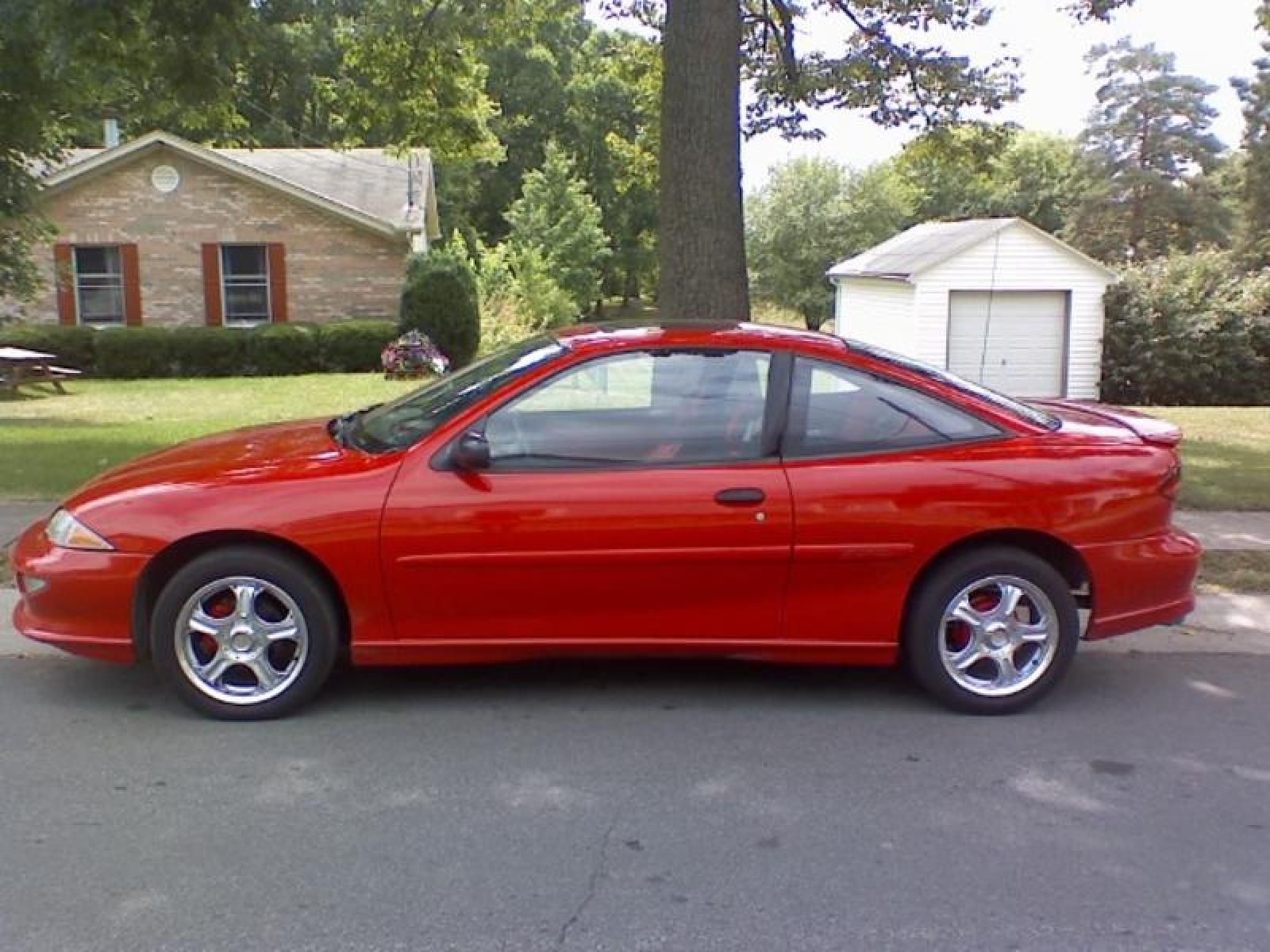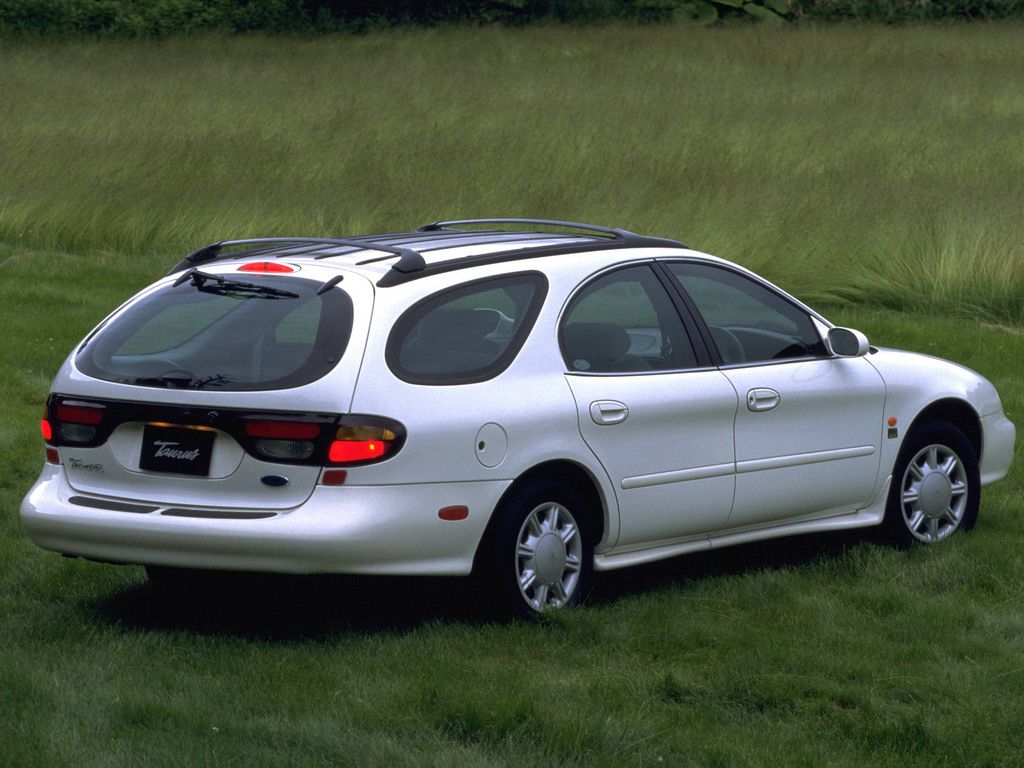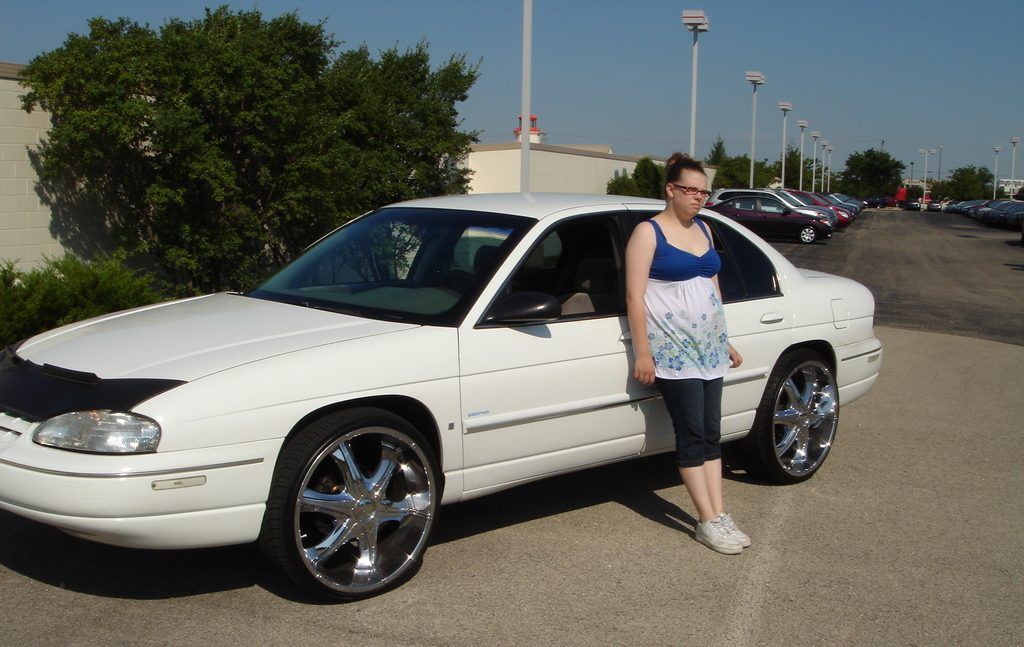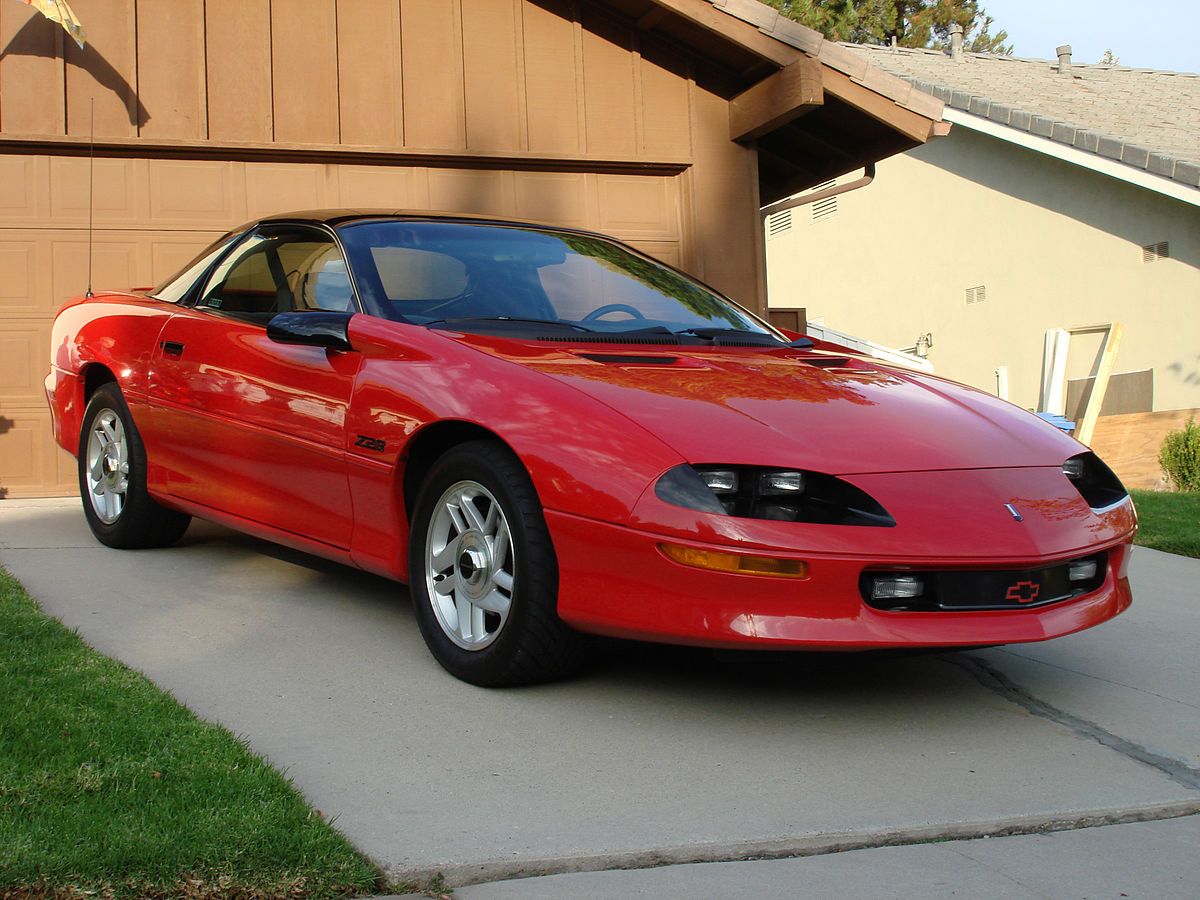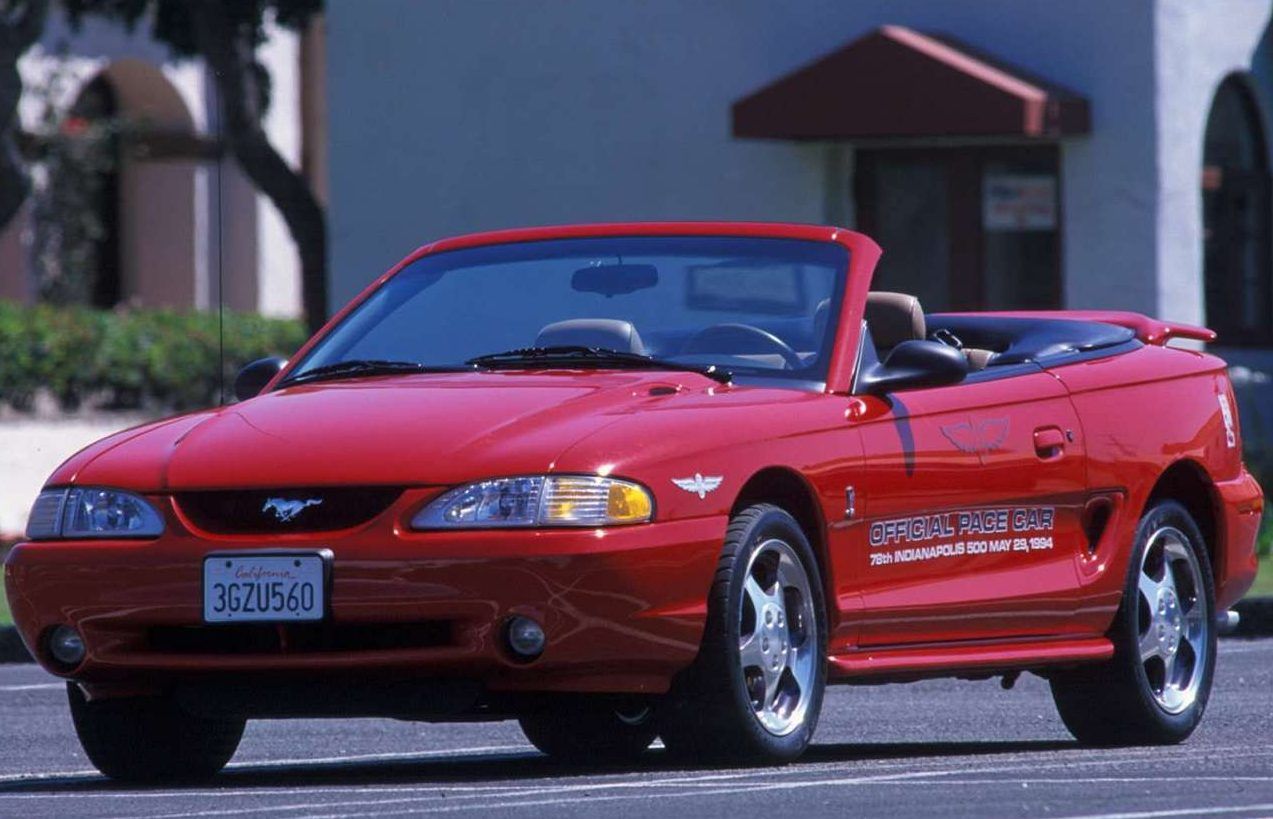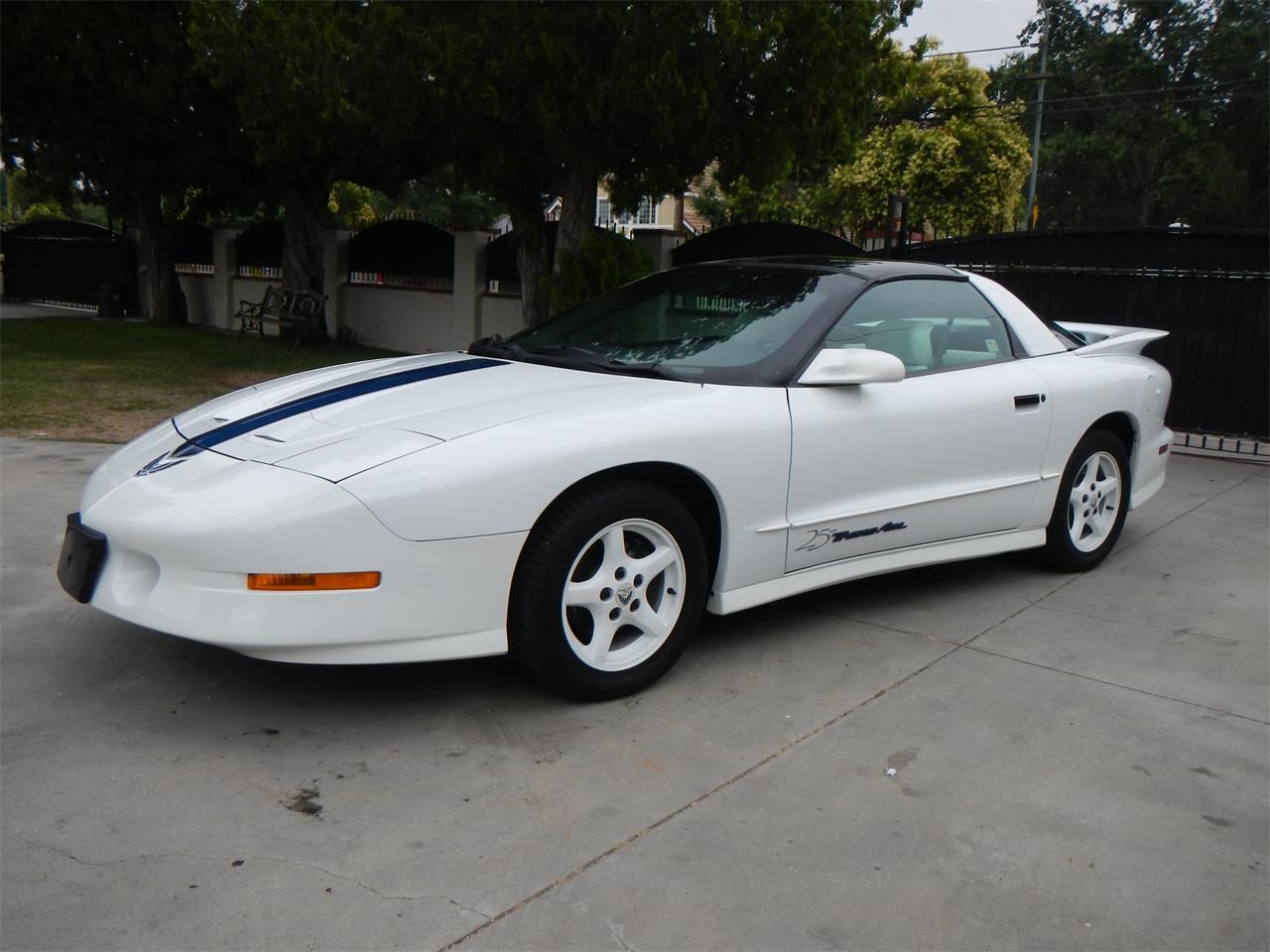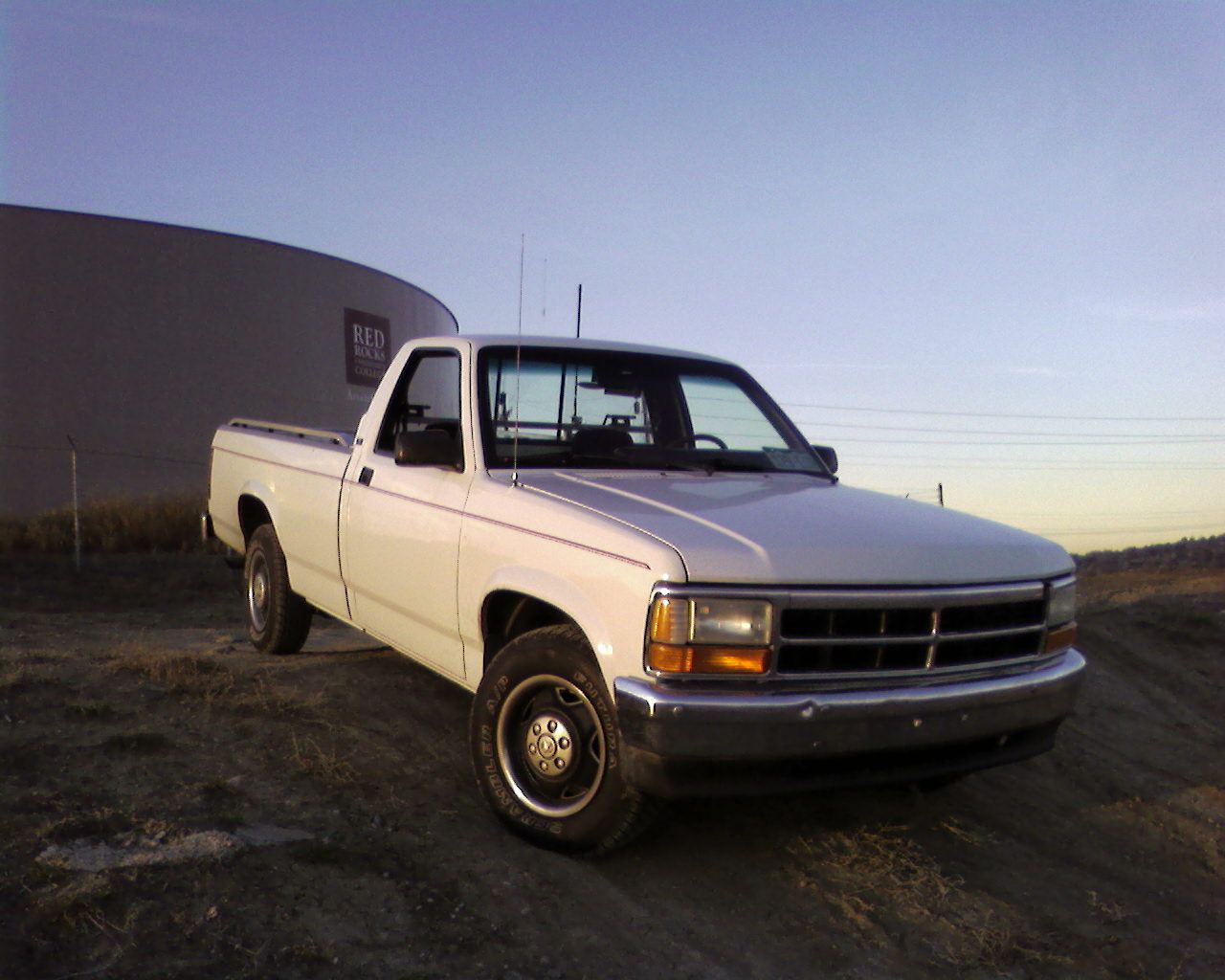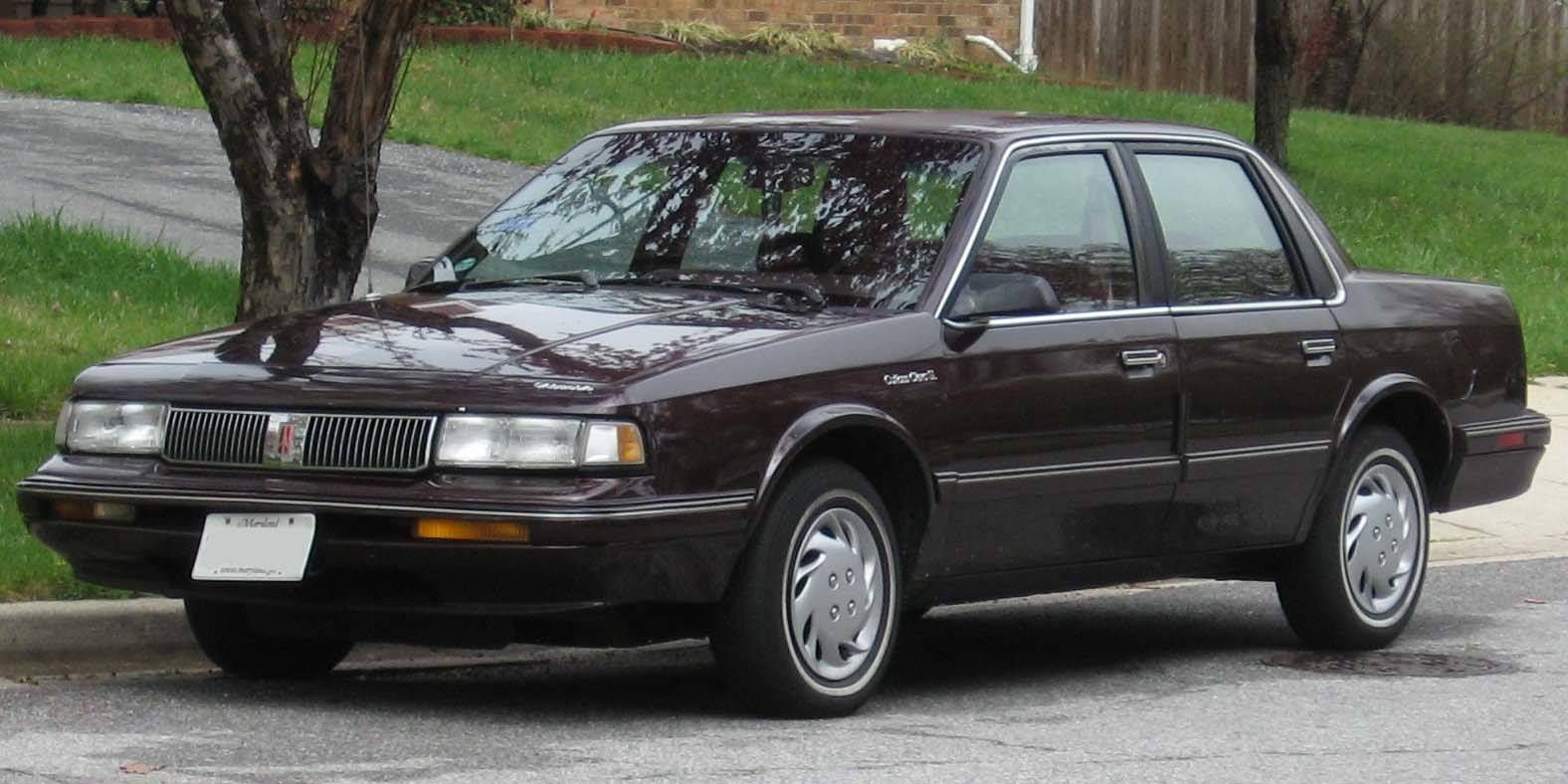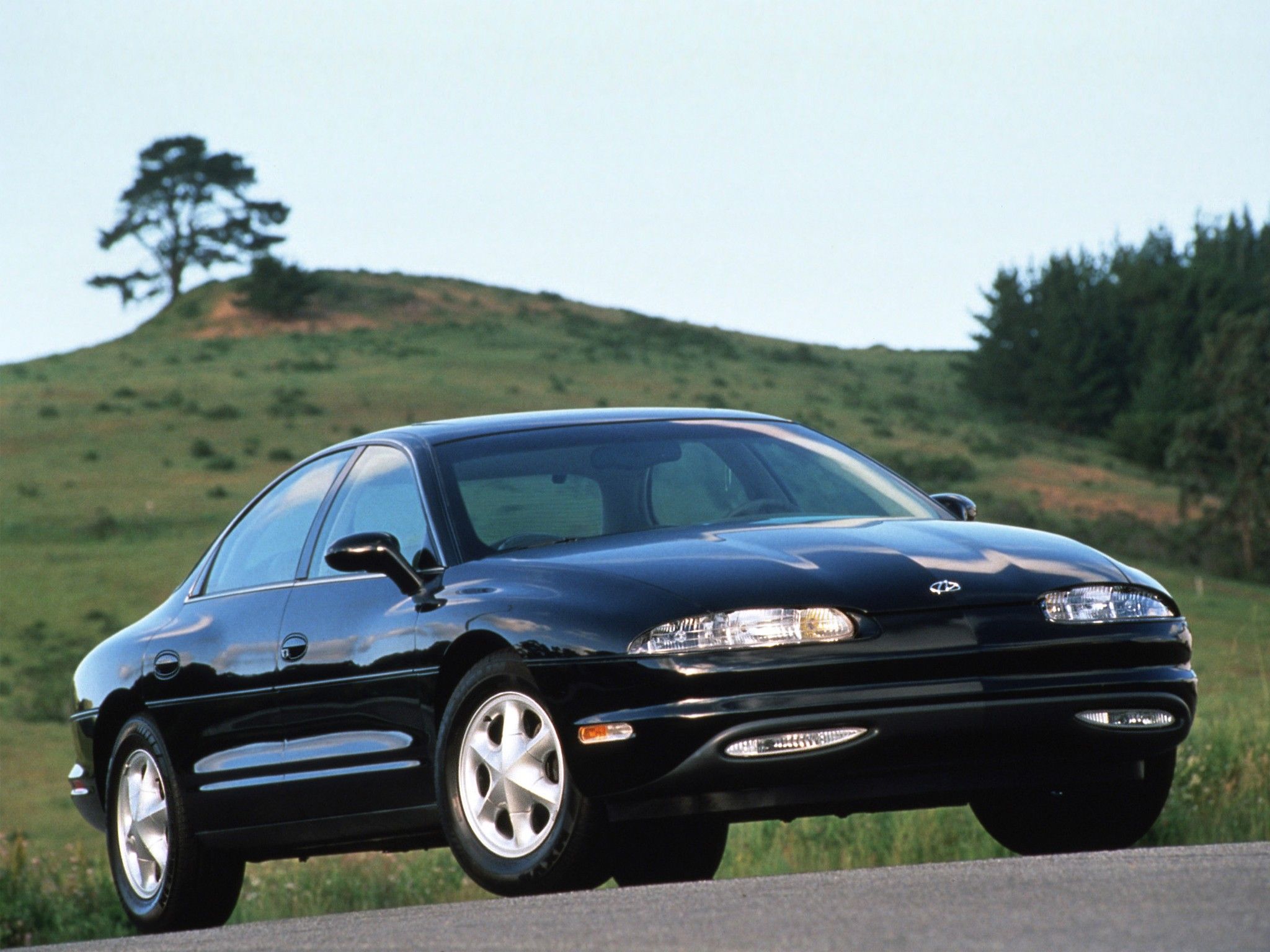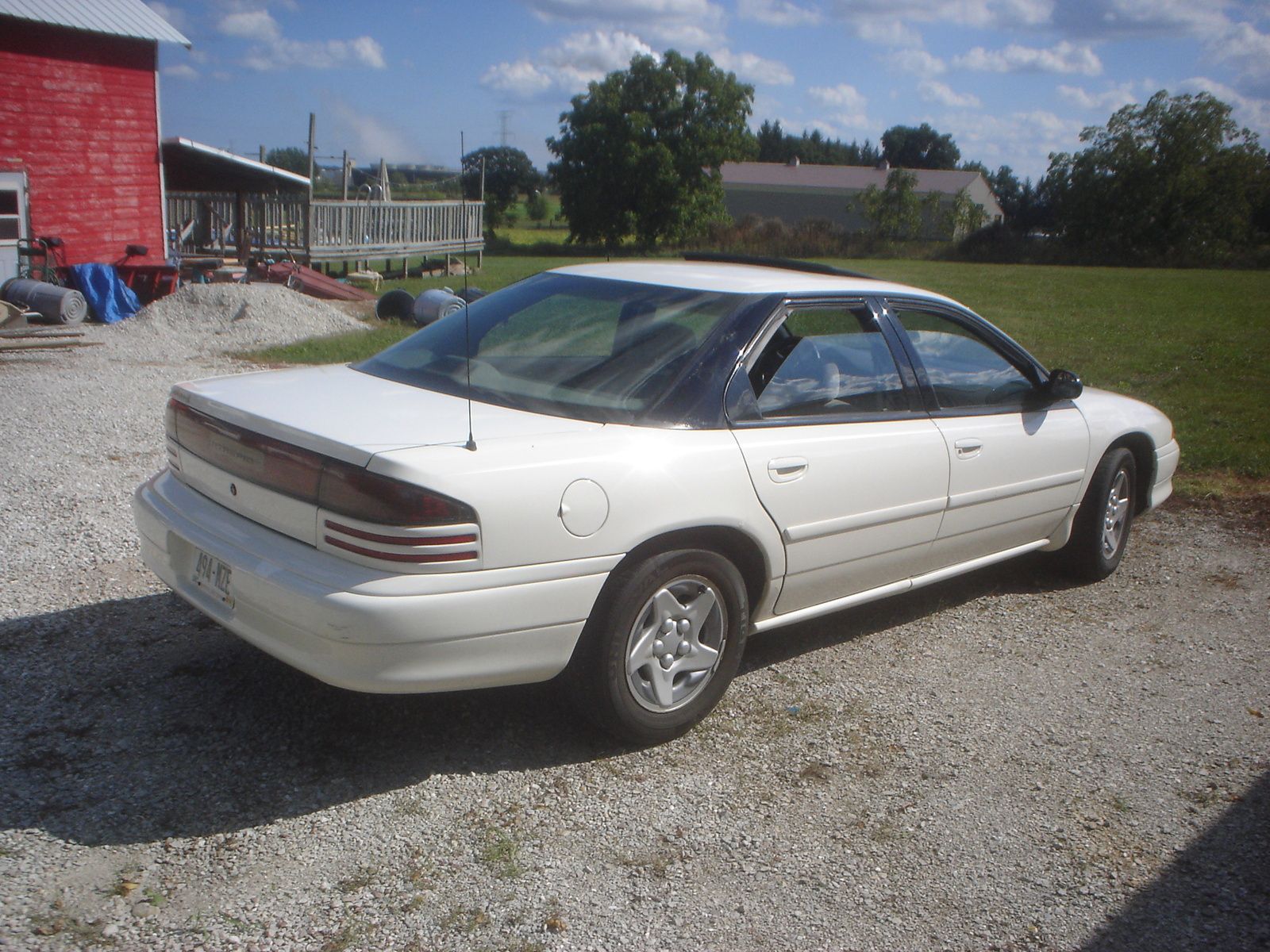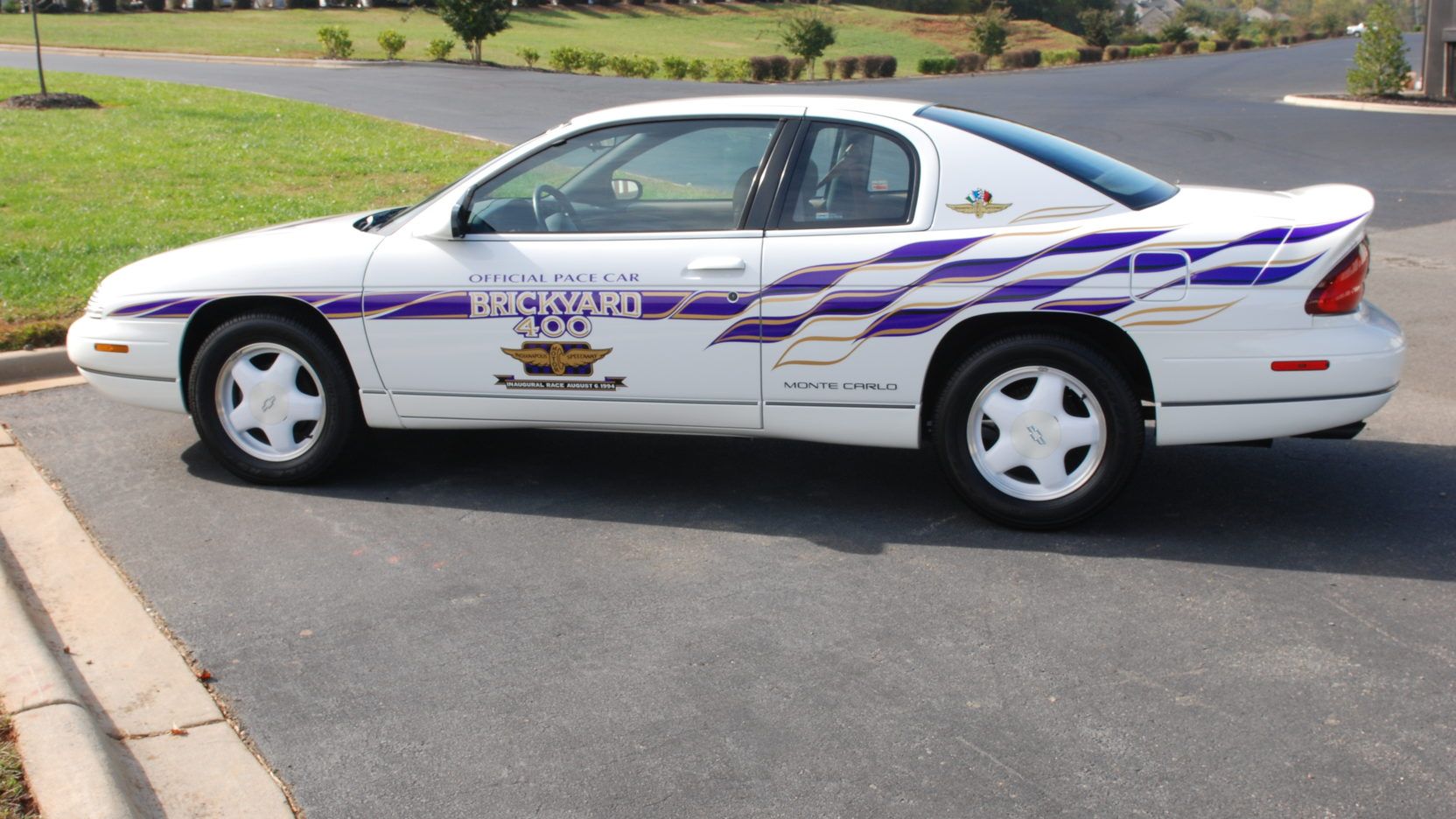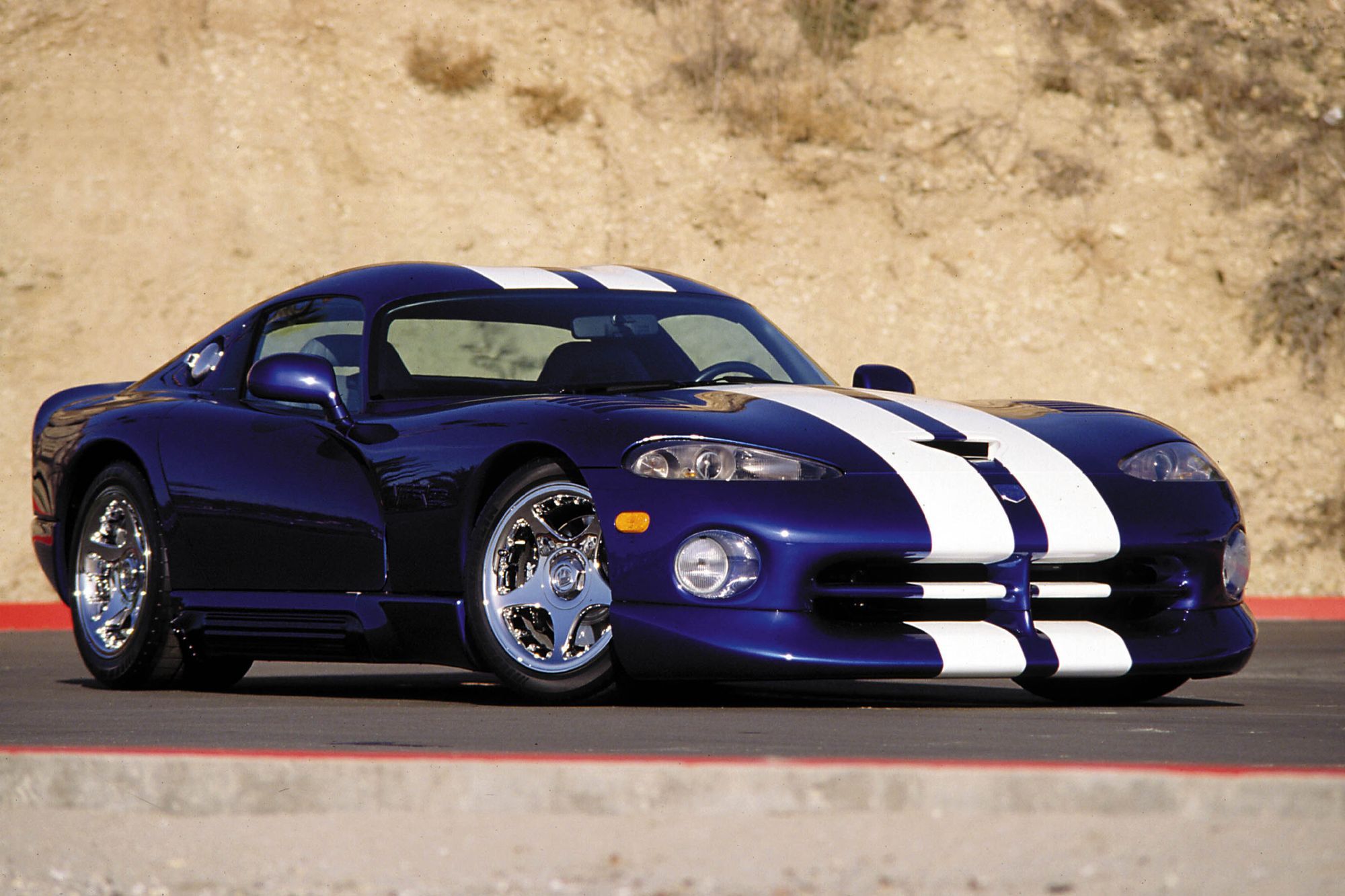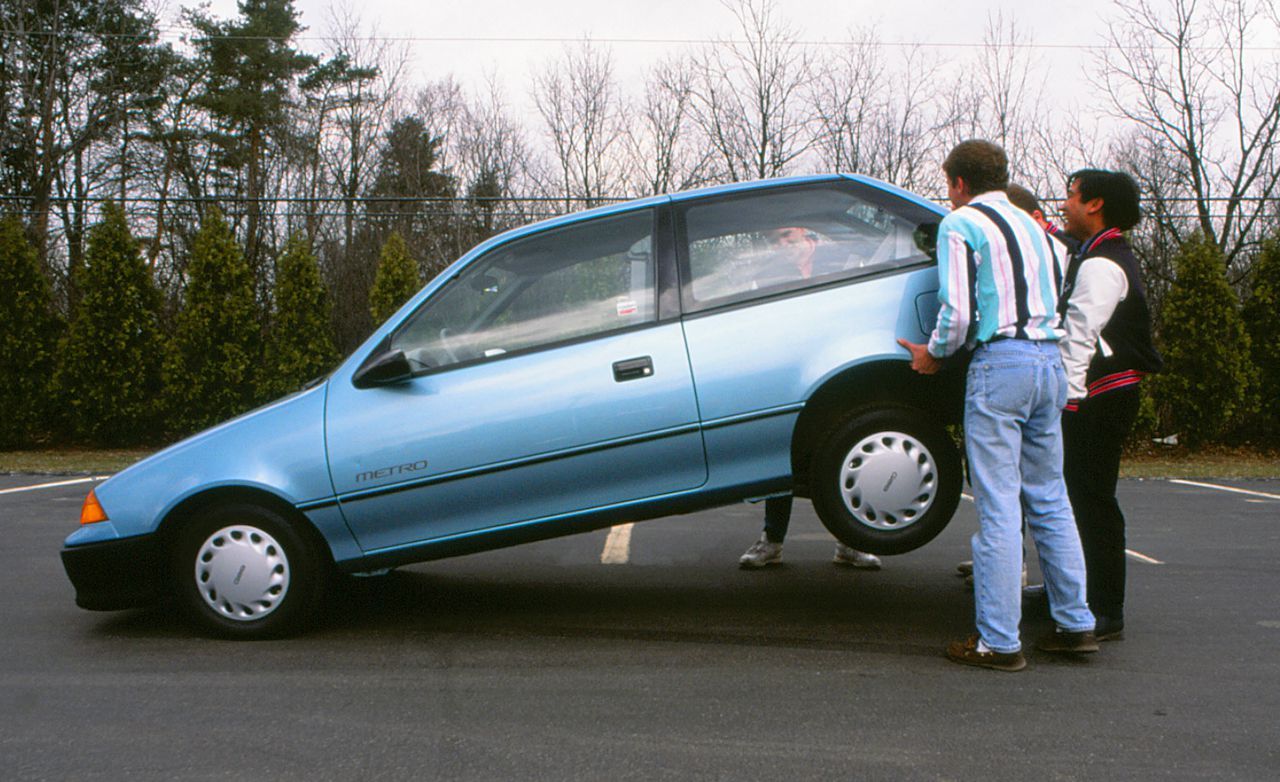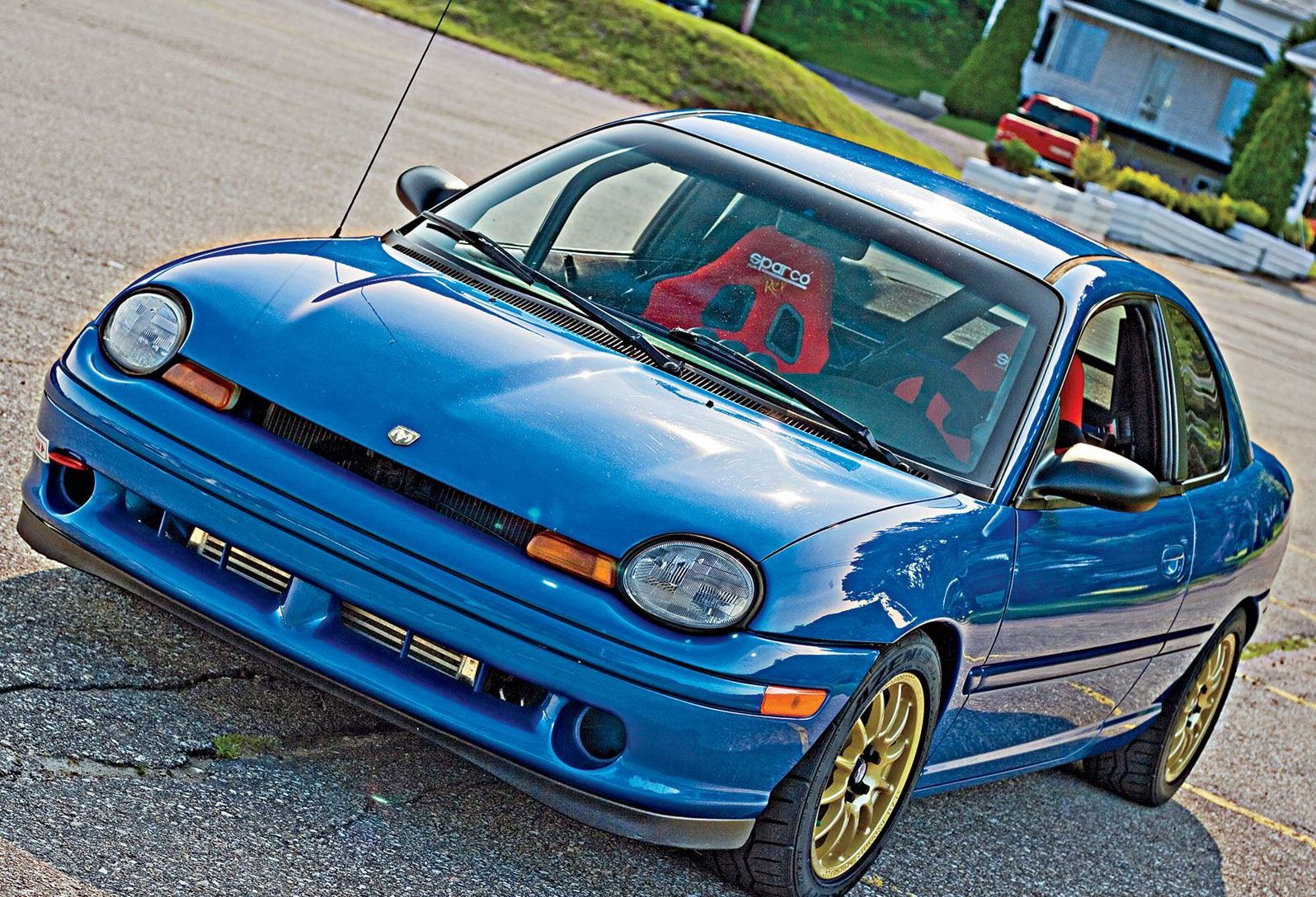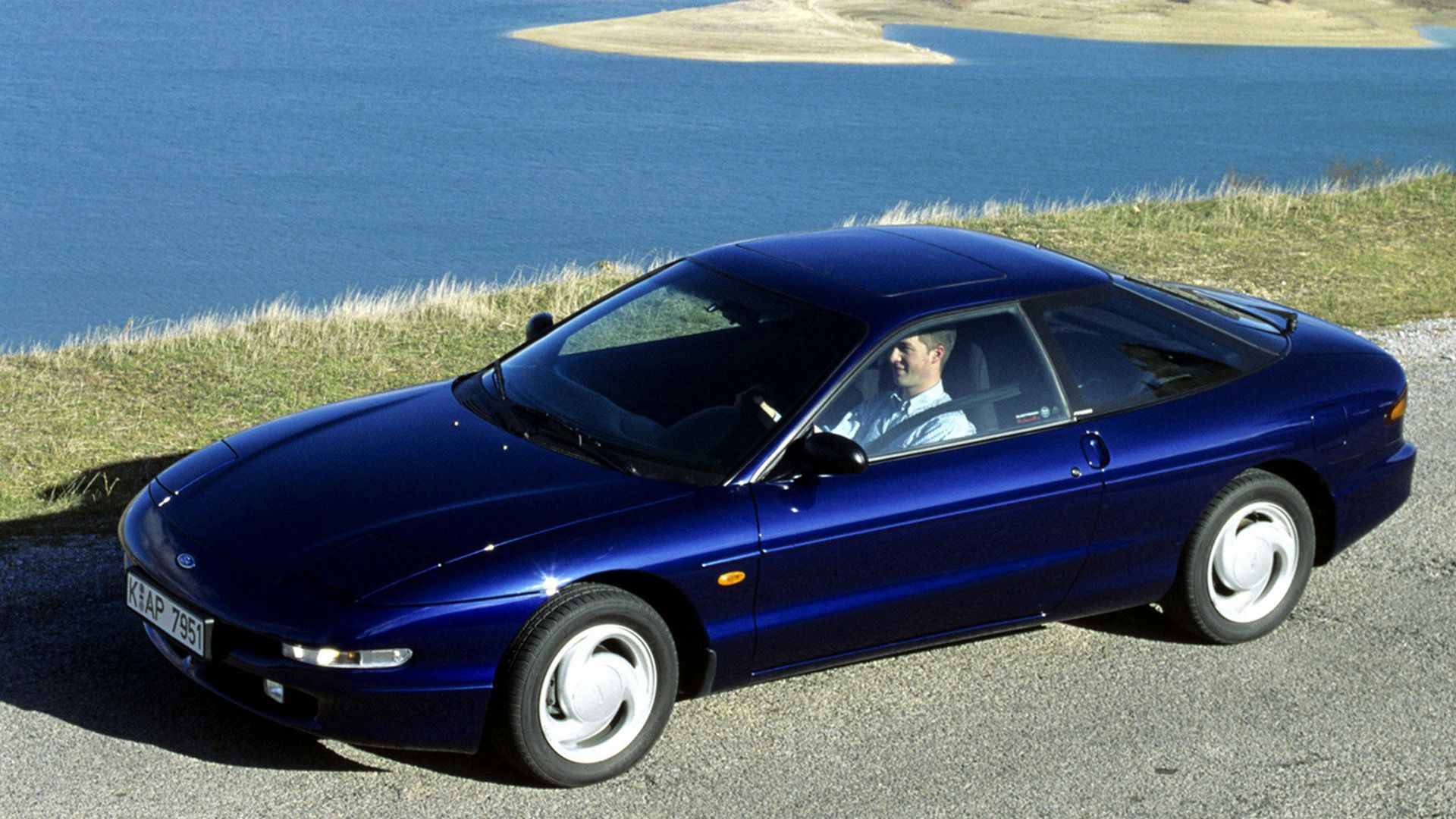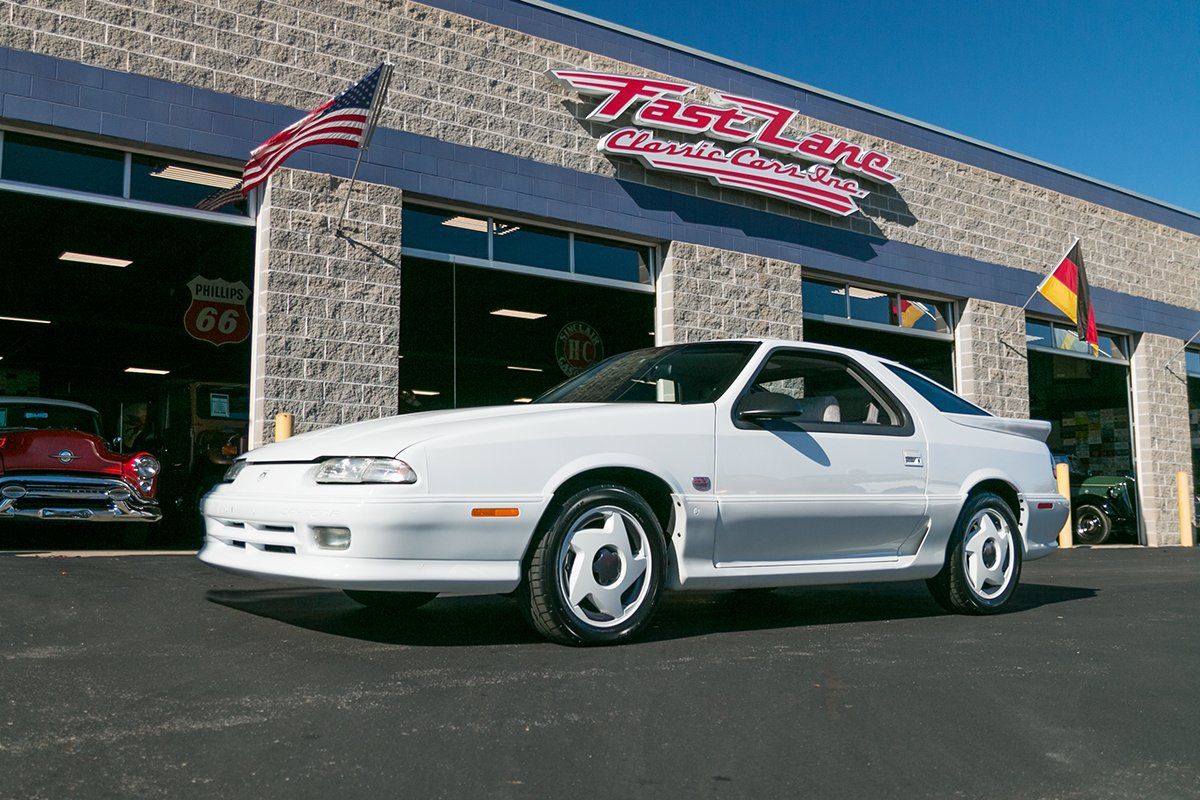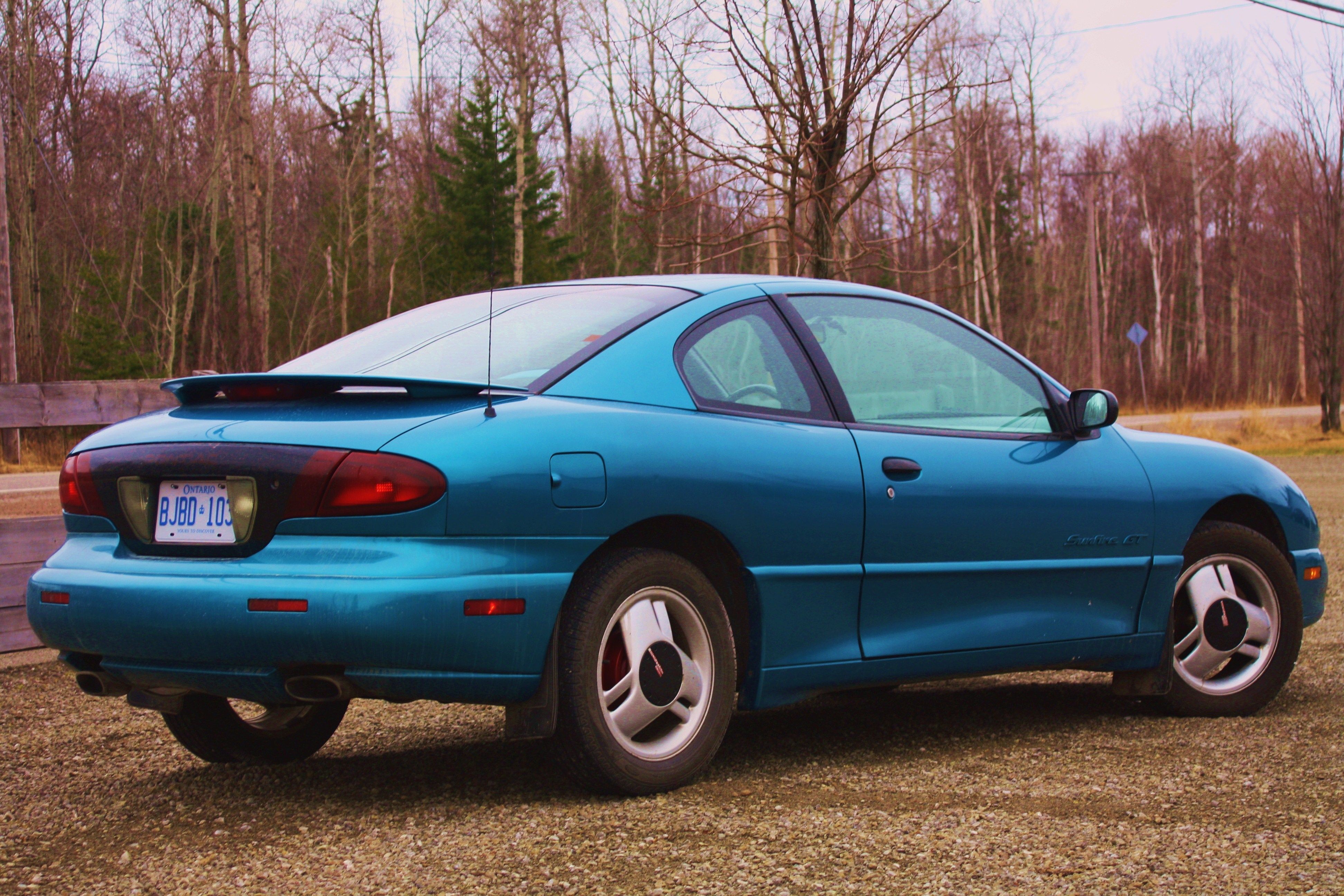The automotive industry in the 1990s was a rough world governed by remnants of emissions choking, fuel crises, and the strong, continued rise of imported economical commuter cars. Companies like Honda and Toyota were enjoying their successes, including popular and groundbreaking products like the Acura NSX and the Toyota Corolla, which would both come to define an era. Meanwhile, the supercar world was just starting to explode thanks to the likes of the McLaren F1 and the Jaguar XJ220.
But despite many amazing cars from the 1990s that are remembered fondly and collected religiously today, the decade also saw a wide range of duds fly by without leaving much of a mark on the industry. Many of the worst cars to hit the streets during the 90s came about as Detroit struggled to deal with an evolving landscape and a consuming populace that clamored for something that the Big Three seemingly couldn't quite figure out.
The 1990s can even be thought of as the beginning of the end for historically significant brands like Pontiac, Plymouth, Mercury, and Oldsmobile—and rest assured, plenty of cars built by those two manufacturers have found their way onto this list. After all, it's hard to avoid the fact that their vehicles contributed directly to the companies going under.
And yet, other models that proved to be duds in the 1990s live on today, having been slowly improved enough to satisfy the consumer's changing tastes. Keep scrolling for the 25 automotive biggest flops of the 1990s.
25 Ford Explorer
These days, the Ford Explorer has managed to become a staple of Ford's (and Detroit's) SUV lineup. And indeed, the original Explorer of the 1990s helped to bring about the era when SUV lineups would be available from every manufacturer hoping to actually maintain solid sales figures.
But in the 1990s, the Explorer was famous for a controversy that still has not been 100% clarified, and the danger posed by rollovers due to either the Explorer's design or Firestone's tires made it one seriously dubious consumer investment.
24 Ford Aspire
Detroit manufacturers faced stiff competition in the form of Japan's growing import market throughout the 1970s, 80s, and into the 90s. The decision to cave into building cheap, fuel efficient, and most of all, small cars seems like a poor choice now, but at the time, the Big Three didn't see any other way to maintain their market presence.
The Ford Aspire managed to be cheap, fuel efficient, and economical but its quality and reliability just couldn't live up to the best that Honda, Toyota, and even Nissan were building at the time.
23 Land Rover Discovery
The 1990s were not a kind era for cars from the UK, either. By transitioning from hand-built luxury vehicles to a semblance of assembly line manufacturing techniques, brands like Land Rover were able to lower their entry price and entice more consumers.
However, the old adage that buyers thinking about purchasing a car from the UK should buy two because one would always be in the shop continued to prove true—and Land Rover's Discovery makes an appearance on this list simply because, even today, its complete lack of reliability is still notoriously hilarious.
22 Chevrolet Cavalier
By some miracle, a fair amount of Chevrolet Cavaliers still manage to cruise around the streets of this country today. That helps to keep the Cavalier from the upper echelons of monumental 1990s flops, and yet it can still be argued that the Cavalier managed to fall into the same pitfall that so many of GM's other economical products stumbled around.
The third generation that hit dealer floors in the second half of the 90s was actually sold in Japan with Toyota badging—a sign that, perhaps, it can be considered the best of Detroit's responses to Japan's increased influx of cars (dubious honor though that may be).
21 Ford Taurus
The Ford Taurus can't be considered a true flop given that it was actually one of the best-selling cars of the 1990s. But being a best-seller in the 90s is a questionable distinction. Does anybody really want to be the person with the sweetest mullet or the blandest clothes?
The unfortunate part about the success of the Taurus—even though it managed to keep larger cars in the market—was that Detroit's designers decided that those sales figures warranted an entire generation of bland, boring, boat-like behemoths.
20 Chevrolet Lumina
Chevrolet's Lumina almost takes the crown for most boring car away from the Ford Taurus. At the very least, it wasn't quite as boat-like. Unfortunately, it also didn't sell as well. Does that say more about the car or the state of the consuming public's desires in the pitiful 1990s?
Either way, the Lumina sedan remains a car that's most often sighted broken down in Walmart parking lots or slowly accumulating rust and rolling over the odometer in quarter-mile trips while utilized as a ferry for senior home facilities.
19 Chevrolet Camaro
The 1990s brought smooth lines to many former muscle cars and though Chevrolet's new generation of Camaro offered, at the very least, a few engine options that improved on the previous generation's dismal power output, the exterior and interior left a lot to be desired.
The single swoop of the Camaro may have looked good in pen-and-ink sketches but the real world didn't lend it any style points. Throw in an interior that made of brittle, cheap plastics, and it's no wonder the car suffered throughout its production run.
18 Ford Mustang
By now, the Ford Mustang of the 1990s has been universally panned for decades. But even at the time, Ford let down their customers in a big way with just about every aspect of the Mustang's design.
Sure, it ended up being better than the front-wheel-drive Probe that had been intended as a fourth-gen Mustang—but a series of weak engines, a four-speed automatic slushbox, plasticky interior and exterior details, and sloppy suspension aren't a good combo, especially for a model and name that deserves much, much better.
17 Pontiac Firebird
The Chevrolet Camaro and Pontiac Firebird were always platform mates and the 1990s would prove no different. And yet, in some ways, this decade was when the two became increasingly indistinguishable—especially all the Firebirds that weren't Trans Am trim.
Pontiac's continued struggles throughout the 90s can't exactly be pinned entirely on the poor Firebird of the era, but a mediocre muscle car that looked very similar to another vehicle on the market sure didn't help the declining brand's declining sales.
16 Dodge Dakota
When Dodge redesigned the Dakota for a second generation that arrived in the second half of the 90s, the result was a truck that became incredibly popular, outselling both the first and the later third gen by a wide margin. But the first generation of the Dakota occupied a strange market slot, above smaller trucks like the Ford Ranger and Chevy S-10 but below a full-sized work truck.
At least it had a couple of V8 options but somehow they were in addition to three separate inline-four engine choices. Once again, Shelby had a hand in upgrading a Dodge product during this era, but the base products were simply disappointing.
15 Oldsmobile Cutlass Ciera
When a car is best remembered for its minor role in the movie Fargo—which is a film that is nominally about bland environments, the bland people who live in them, and their desperate attempts to spice up their lives—that's not a great reputation.
"Let's take a look at that Ciera," Steve Buscemi's character, Carl Showalter, says, sick of conversing with the likes of a Jerry Lundegaard. And yet somehow, that line itself is more interesting than the Oldsmobile Cutlass Ciera in its entirety.
14 Oldsmobile Aurora
The Oldsmobile Aurora's engine should have paved the way for the rest of its development and led to a great modern muscle car for the late 1990s. A quad-cam, 32-valve V8 is always a great starting point and GM's goal was for the Aurora to be a premium sports sedan.
But somewhere along the line, that goal clearly became lost in the muddle because the Aurora hit the streets with front-wheel drive and a four-speed automatic transmission as the only option. Oldsmobile's downfall can't be pegged on the Aurora alone, but it certainly didn't help.
13 Dodge Intrepid
The Dodge Intrepid ended up being a car that should have stayed closer to its concept's roots. Long, low, and mean—with just the right amount of futurism for the late-80s and early-90s—the Intrepid concept could have been a new way forward for a struggling Detroit.
Instead, sacrifices to the concept's integrity resulted in another bland commuter sedan, and one with a recipe that is by now familiarly predictable: a V6 engine, high curb weight, front-wheel drive, and an automatic transmission. The second generation did the Intrepid no favors, either.
12 Chevy Monte Carlo
The Chevrolet Monte Carlo was around for nearly four decades, not including a gap in production before its fifth generation was released in 1995. The first three generations had some serious style, even if they look a bit boat-like today. By the late 1970s and the fourth gen, though, things were on a serious downswing and production ceased in 1988.
Resurrecting a model is always a dangerous proposition, especially one with an iconic name like Monte Carlo. And Chevy's 90s Monte Carlo failed to live up to either the historic race or even its disappointing predecessor.
11 Dodge Viper
The Dodge Viper still manages to look menacing, aggressive, and frankly, awesome—regardless of whether it's a 1990s or a 2015 model. The sad decision by FCA to cancel the Viper's production run was also, frankly, pretty predictable given the ridiculous V10-powered car's terrible sales stats.
Even the late, great Sergio Marchionne shot down the Viper despite its status as a one-of-a-kind sports car, pointing out that it never really made the company any money. Perhaps one day another Viper will return, but it seems pretty unlikely given that it was a perennial flop.
10 Geo Metro
Car and Driver famously reviewed the Geo Metro—though it wasn't their words that did the talking. The Metro came about as the result of a team-up between GM and Suzuki, yet another attempt to create a tiny economy car that could keep up with imports from Japan.
The Metro sold moderately well, though today, it's remembered as a total dud thanks to its base three-cylinder engine, completely shoddy build quality, and driving dynamics that can only be described as unsafe. If one is on the roads still, its owner have serious courage.
9 Dodge Neon
A specific statement about the Dodge Neon has been made by the example captured in the aggressively styled photo above. No, that's not a Subaru Imprez in World Rally Blue with gold wheels, a front-mounted intercooler, tow hook, and Sparco racing seats; that's a Dodge Neon.
But the owner of the Neon probably wishes their car was an Impreza—even a base model, not the WRX or STI. Sold alternately with Dodge, Chrysler, and Plymouth badging, the Neon is one of the epitomes of small, bland commuter car produced by Detroit companies during the 1990s.
8 Ford Probe
As crazy as it seems, the Ford Probe was originally slated to take over as the fourth generation of the iconic Mustang. Ford may not have been particularly prescient at the time but nearly 30 years later, it's crystal clear with 20-20 hindsight that replacing a Detroit icon with an economical front-wheel-drive commuter car was a terrible idea.
Luckily, public outcry won out and even the disappointing fourth-gen Mustang was better than that possibility. And yet, Ford still released the result of their team-up with Mazda, to dubious results and with a backstory that makes it one of the very worst cars of the 1990s.
7 Dodge Daytona
Cars with names like Monte Carlo, Bonneville, and Daytona should be incredible sportsters with the power and handling to tackle their namesakes in anger. Instead, it seems like Detroit is often happy with slapping a sweet name on something because they know that otherwise, it will become a total sales flop.
To be fair to the Dodge Daytona, it might have been the most legitimately sport-oriented car with a circuit-based name in the 1990s, but that's not saying much. With styling that was a direct remnant of the late-1980s, combined with a hint of Mitsubishi's input, the Daytona would have been great if Dodge had just gone all-out JDM and given it all-wheel drive.
6 Pontiac Sunfire
Pontiac's last couple of decades were dominated by borderline hilarious attempts to lend cars some semblance of cachet by naming them with bright, exciting words, and the Sunfire is a perfect example. In reality, the Sunfire was anything but exciting, though.
Replacing the decrepit Sunbird, the Sunfire was equipped with three different inline-four options and even a three-speed automatic for a time. Somehow, production continued for almost a decade, right up near the end of Pontiac's entire existence, leading to the eternal question of whether the Sunfire's and Pontiac's respective flops were a result of correlation or causation.

